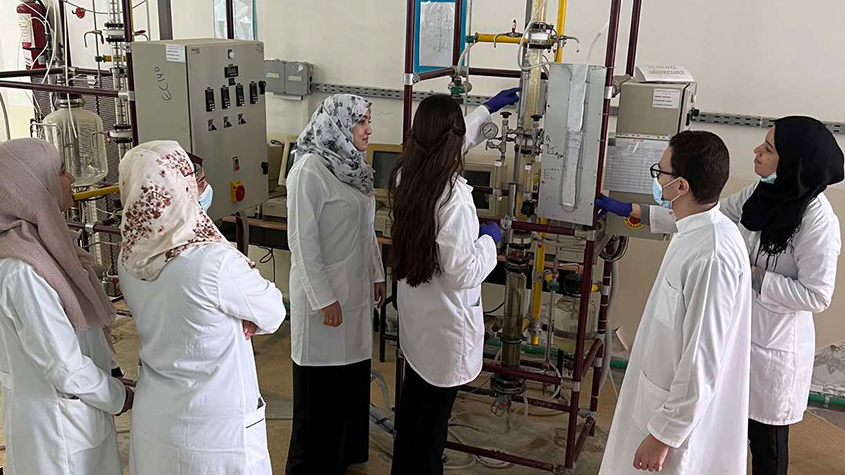Intellectual Property and Technology Transfer
Technology transfer supports the life cycle of technology, from inception to market diffusion and commercialization.
What is technology transfer?
Technology transfer (TT) is a collaborative process that allows scientific findings, knowledge and intellectual property to flow from creators, such as universities and research institutions, to public and private users. Its goal is to transform inventions and scientific outcomes into new products and services that benefit society. Technology transfer is closely related to knowledge transfer.
Why is intellectual property (IP) important for technology transfer?
Intellectual property (IP) is an important instrument at the research and development level. It helps assure the ownership over intellectual findings and the capacity to control the use of IP in line with an institution's mission and core values.
IP is also a powerful business tool to gain position on the market and exclusivity over a new product or process. This makes it an important instrument to attract partners and potentially obtain return on research investment through development collaboration or licensing deals.
Understanding how IP serves technology transfer is the first step towards managing your technology transfer processes effectively.
Read the full list of FAQs on technology transfer.
Video: Learn more about technology transfer and its relation to intellectual property.
Featured

Incentives in Technology Transfer
A practical guide on how to effectively encourage, recognize and reward researchers and technology transfer professionals.
Technology transfer within the innovation ecosystem
For successful technology transfer, universities and research institutions need to operate in an effective innovation ecosystem – an interconnected network of governmental, industry and research institutions and enabling factors (such as human capital, technology transfer structures, and sophistication of businesses and market). In such an ecosystem, the parties bring their resources and expertise together to collaboratively achieve innovation in the service of regional and economic development.

IP Policies for Universities and Research Institutions
All you need to know about what an IP policy is, why your institution needs one, and how to create an effective policy using the WIPO IP Policy Toolkit.

Technology Transfer Organizations
Learn more about the different types of technology transfer structures, their roles of intermediaries, and how they can enhance the technology transfer process.

People at the Service of Technology Transfer
Find out how can you incentivize and support the development and training of your institution’s researchers and technology transfer managers.

From Lab to Market
Learn how to navigate common market challenges related to academic technology transfer.

Technology Transfer Agreements
Find our more about the different types and features of technology transfer contracts.

Management of Academic Assets
All you need to know about effectively managing the IP rights of your institution's intangible assets for technology transfer.
News
Related links
About IP
IP services
Reference
What is knowledge and technology transfer?
Lorem ipsum dolor sit amet

Regional Training Seminar on Institutional IP Policies for ASEAN TISCs and TTOs
The Regional Training Seminar on Institutional IP Policies for ASEAN TISCs and TTOs took place in Siem Reap, Cambodia on February 25 and 26, 2025.

Incentives in Technology Transfer
A practical guide on how to effectively encourage, recognize and reward researchers and technology transfer professionals.
Knowledge and technology transfer from lab to market
1. Identify and disclose innovation
2. Assess and secure IP
3. Develop and de-risk innovation
4. Develop commercialization strategy
5. Negotiate and finalize deals
6. Monitor agreements & assess impact
Institutional IP Policies Database
This database is indispensable for developing IP policies. It allowed us to analyze existing university policies and IP management approaches. It's an excellent resource for TTOs, offering contract templates, confidentiality agreements, and other key information for effective IP
management. I frequently use it to identify emerging IP trends in academia and promote IP policy importance.José Luis Solleiro, UNAM, Mexico
Knowledge and technology transfer publications
IP Policy Toolkit
Technology Transfer Negotiations
Successful Technology Licensing

Incentives to Engage in TT
IP Valuation for Technology Transfer
[Shorthand or series page to be created]

IP Policy Toolkit
Technology Transfer Negotiations

Successful Technology Licensing

Incentives in Technology Transfer
A practical guide on how to effectively encourage, recognize and reward researchers and technology transfer professionals.
Technology Transfer and Life Sciences
[Subpage to be created]








